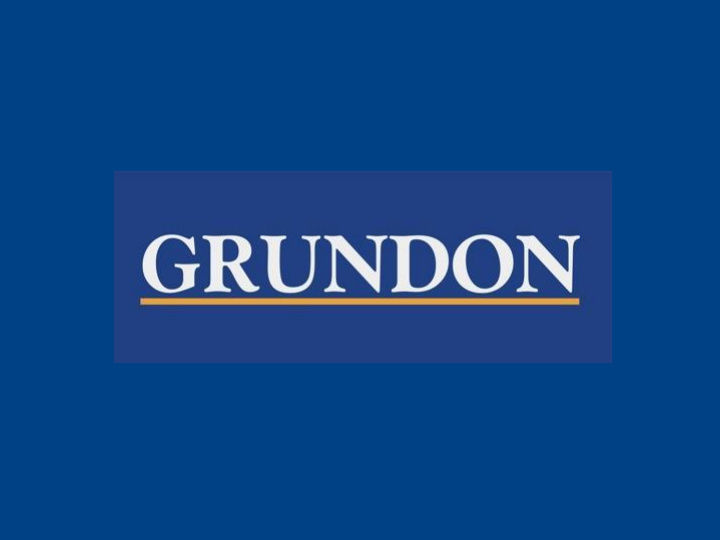



Climate Change: Green Growth St George’s House, Windsor Waste Not, Want Not
Key Drivers for Change (1) EC Landfill Directive ● Landfill Tax ● Waste Hierarchy ● Best Available Techniques ● Carbon management ● Renewable energy ●
Key Drivers for Change (2) Landfill tax avoidance ● Less waste, with different composition ● Waste as a resource, either recycled or recovered , including ● for energy content New opportunities ● New threats / new entrants ● New dynamic, particularly the link between waste and ● renewable / sustainable energy
Business Re-structuring ● 1989 ● 6 landfills, no purpose built recovery / recycling facilities, no energy recovery ● 2012 ● 2 landfills (no plans for any new sites) ● 6 Material Recovery Facilities (plus planning permissions for + 2)
Business Re-structuring ● 1989 ● 6 landfills, no recovery / recycling facilities, no energy recovery ● 2012 ● 2 landfills (no plans for any new sites) ● 6 Material Recovery Facilities (plus planning permissions for + 2) ● Lakeside EfW Facility (440,000 tpa) plus planning applications for + 2 ● Colnbrook Clinical Waste Incinerator, with heat recovery and electricity generation ● 2 landfill gas engines (permission for + 1)
Corporate Environmental Report Proportion of materials recovered from ● total waste handled 2000 530,000 tonnes of waste received 20,651 tonnes recovered 3.9% recovery rate 2009 1,085,101 tonnes of waste received 156,661 tonnes recovered 14.4% recovery rate
Corporate Environmental Report Proportion of material ● recovered from waste delivered to MRF’s 38%
Corporate Environmental Report Fuel used related to waste ● handled 2000 3,304,727 litres of fuel 530,000 tonnes of waste 6.24 litres per tonne 2009 4,213,354 litres of fuel 1,085,101 tonnes of waste 3.88 litres per tonne
Corporate Environmental Report Total greenhouse gas ● emissions divided by tonnes of waste handled 2000 579 kg CO 2 eq per tonne of waste 2009 71 kg CO 2 eq per tonne of waste
Changing Business (1) – NHS Contracts ● Focus is on better waste segregation by NHS ● Historically a lot of ‘clinical’ waste has actually been recyclable or domestic ● Grundon train NHS staff, audit NHS procedures ● Provide appropriate bins, colour coded, at appropriate locations ● Provide information about waste figures and bin counts on daily/weekly basis
Changing Business (1) – NHS Contracts Major NHS Trust in the Thames ● Valley September 2009 ● 32 tonnes for treatment; ● 8 tonnes for incineration; ● Zero tonnes to Energy from Waste ● March 2012 ● 12 tonnes for treatment; ● 5 tonnes for incineration; ● 10 tonnes to EfW ● 33% reduction in waste ● 40% reduction in waste ● management costs
Changing Business (1) – NHS Contracts
Changing Business (2) – Hazardous Waste Recycling Incineration of waste / biomass creates a hazardous waste ● fly ash Approximately 120,000 tonnes per annum ● Grundon investment in Carbon8 Aggregates ● Accelerated Carbonation Technology ●
Changing Business (2) – Hazardous Waste Recycling
Changing Business (2) – Hazardous Waste Recycling
Changing Business (3) – New Opportunities
Summary ● New dynamic ● New threats to established business models ● New business opportunities ● New science ● New media ● New jobs and new skills
Recommend
More recommend